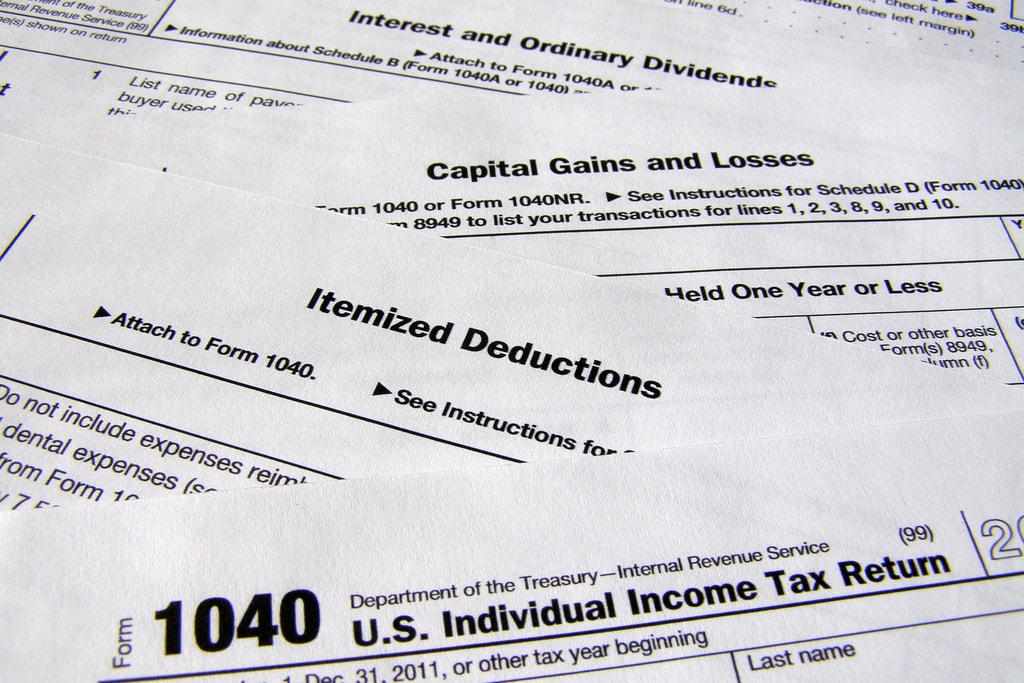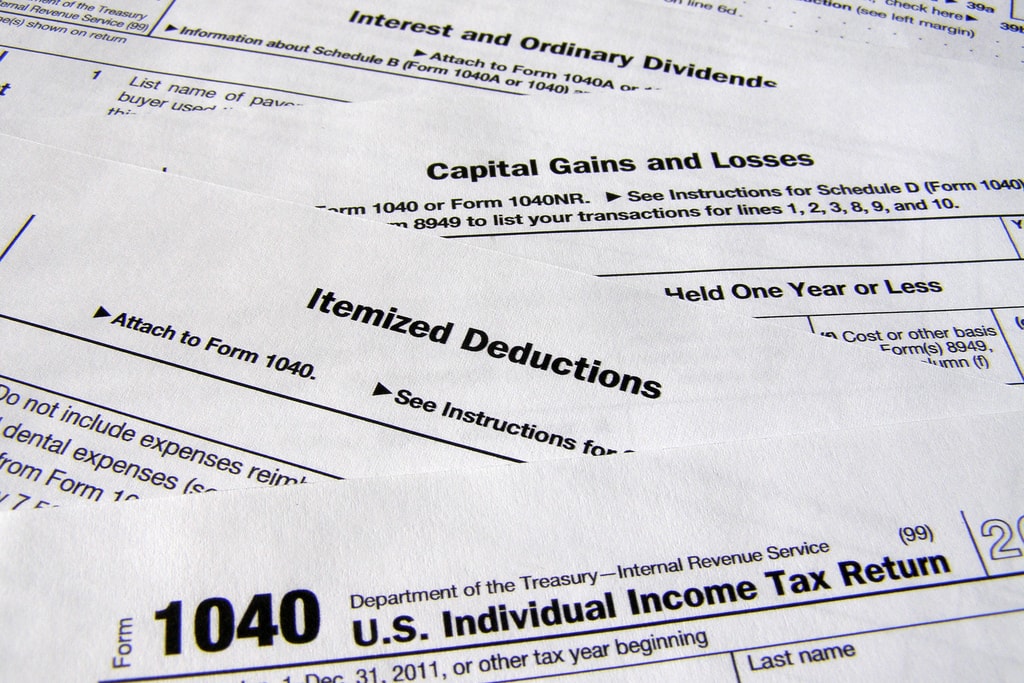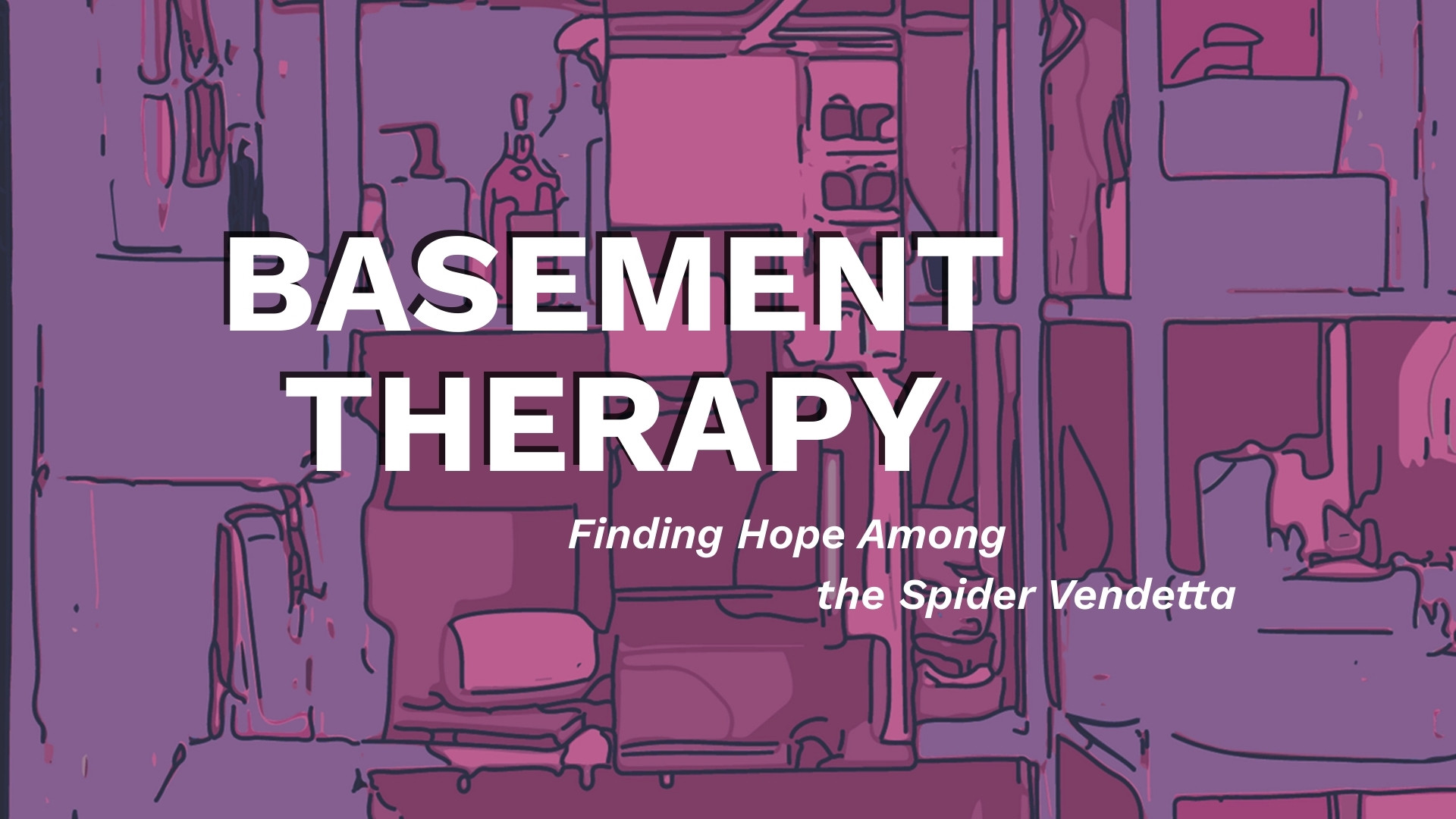CHICAGO, IL (December 28, 2017) – Experts disagree on whether the raise in the standard deduction under the newly signed Tax Cuts and Jobs Act will impact giving to the local church.
 Under the new law, the standard deduction of $6,500 for individuals and $13,000 for families roughly doubles to $12,000 and $24,000, respectively. People tend to itemize if their deductible expenses are greater than the standard deduction.
Under the new law, the standard deduction of $6,500 for individuals and $13,000 for families roughly doubles to $12,000 and $24,000, respectively. People tend to itemize if their deductible expenses are greater than the standard deduction.
One of the large deduction drivers is giving to charity, which is an itemized expense. Charitable organizations fear many people will have less incentive give because it will be less likely that itemized expenses will be greater than the standard deduction. Also, the new cap on itemizing state and local tax deductions may lead more people to take the standard deduction rather than itemize.
“For many donors, the rise in the standard deduction will provide a larger overall deduction than the taxpayer’s potential itemized deductions (which include charitable giving), so the financial incentive to donate is reduced,” said Paul Hawkinson, treasurer and executive director of finance for the Covenant. “Additionally, higher income tax payers are also affected by a new cap on the deductibility of local and real estate taxes, which may also make it more difficult to reach a threshold where itemizing makes sense.”
The independent Tax Policy Center estimates that of the 45 million households likely to have itemized in 2017, only about seven million would do so under the new law.
According to an Indiana University Lilly Family School of Philanthropy study, “Itemizers are far more likely to donate” and “that 83 percent of itemizers reported donating any amount of charitable giving at all, compared to 44 percent of non-itemizers. In fact, non-itemizers contribute less that 20 percent of total giving.”
According to the same study giving to religious organizations is likely to fall by nearly $4.8 billion in 2018. The study also suggests churches can expect giving by individuals to drop at least four percent.
Whether the local church will be impacted as severely – if at all – is debated, however.
Ted Batson, a partner and tax counsel of the CPA firm CapinCrouse – which is used by the ECC – told the publication “Church Law & Tax” that he believes churches will see a decline in giving, but, “churches may see less of an impact than other nonprofit organizations where tax considerations may have larger bearing on charitable giving. For churches that teach tithing as an act of worship, tax benefits of giving will likely be a secondary consideration.”
Some experts believe churches will benefit from the change.
Frank Sommerville, a CPA and attorney who serves as an editorial advisor for “Church Law & Tax,” said in the same article that, “Since most of the church members will receive an increase in their take-home pay starting in February 2018, members will have a greater capacity to give in 2018. While other charities complain [that] the increased standard deduction will decrease the incentive to give, most members give out of their religious beliefs—not out of some perceived tax benefit.”
Most financial planners are encouraging itemizers to consider making contributions this year that they might otherwise give in 2018. By giving this year, they can take advantage of being able to itemize the contributions and thus reduce their tax bill, a benefit that will not be available in 2018.














